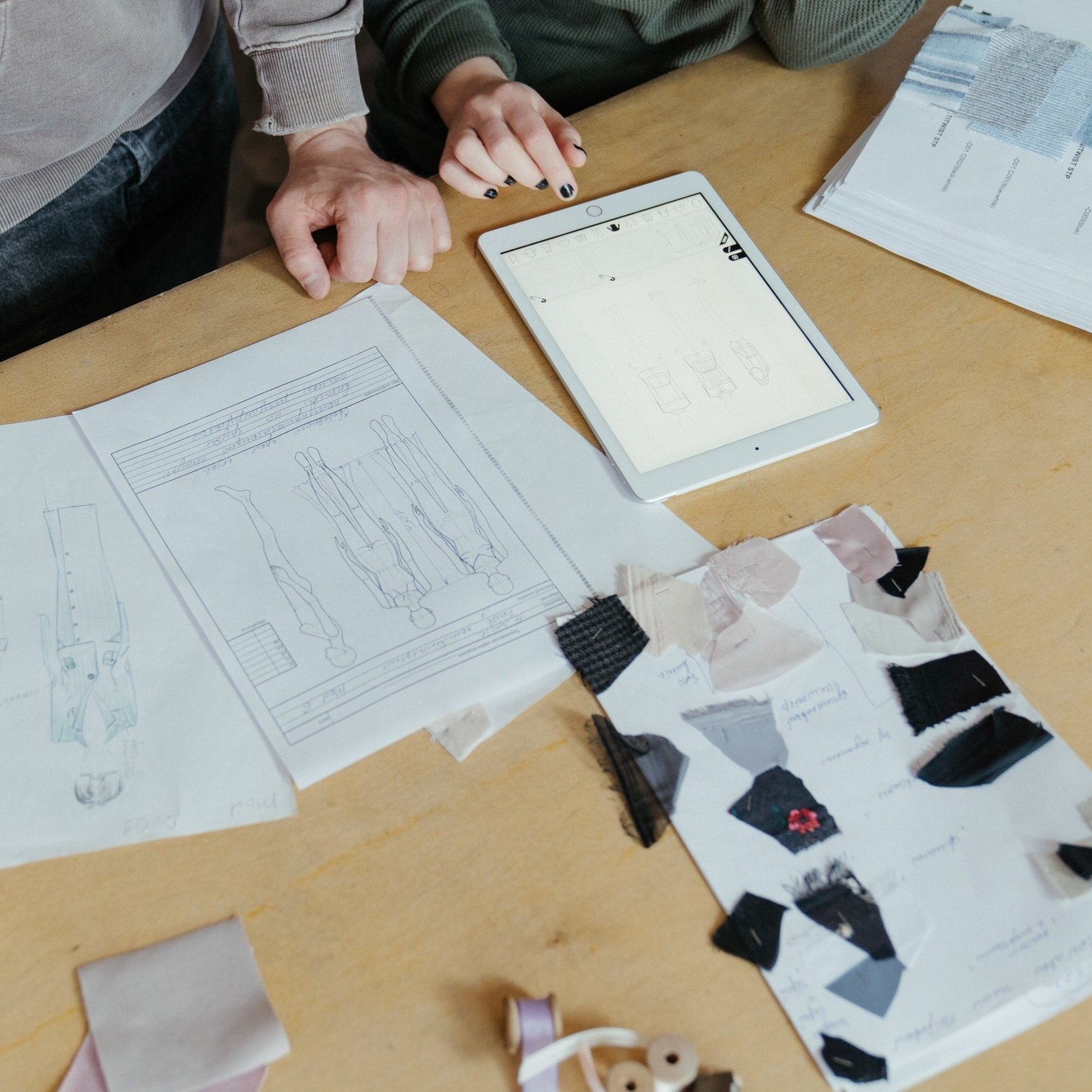DESIGN FOR LOW IMPACT MATERIALS AND PROCESSES
DESIGN FOR LOW IMPACT MATERIALS
Understanding fibres is the first step towards understanding the circular model as fibres play a key role in diverting textiles from disposal back into the fashion system. How do you decide which fibres to use in your designs? Do you know the environmental impacts at each stage of fibre production? Explore more in our resources below.
SUSTAINABILITY IN FIBRES guide
This guide provides an introduction to the key role of fibres in the circular fashion system and gives you an overview of the environmental impact of the two key fibre categories - natural and man-made fibres. By examining the positive and negative impacts of the two most commonly used fibres of cotton and polyester, you can understand deeper the impacts of fibre choices at different stages of a garment’s lifecycle and eventually make better fibre choices as a designer.
Learn from brands such as Arket, Zerobarracento and Ecoalf to explore how they make their sustainable fibre choices.
Video Tutorial
Learn from this animation of the key environmental impacts of the two commonly used fibres of cotton and polyester at five stages in a garment’s lifecycle, including raw materials, yarn production, fabric manufacturing, consumer use and end of life.
Video Tutorial
In this video, you will hear from industry expert Amanda Johnston to learn about the latest innovative fibres, why fibre knowledge is important when designing for circularity, and advice on how to make a better choice with materials.
CASE STUDY
Explore how Eastman, Naia™ cellulosic fibre’s manufacturer, has paired responsible sourcing with low impact manufacturing processes to develop a highly performing yarn that offers a sustainable alternative to designers.
DESIGN FOR LOW IMPACT PROCESSES
Ensuring low environmental impact requires you to understand the value chain behind each product you create. Do you identify processes that can help you lower your negative impact from creation to production through to retail? Have you considered using tools that can help you track your impact and make informed decisions about the products you will put on the market? Find out more in the resources below.
CASE STUDY
VIDEO TUTORIAL
Explore how Selyn is driving innovation within the handloom sector and providing sustainable employment, whilst preserving and developing Sri Lankan handloom heritage and craft.
In this video, Marianna Tsien from the Sustainable Apparel Coalition introduces the Higg Index, a suite of important industry tools that empower brands, retailers and manufacturers to measure the impact of their products. By embedding these tools into the design process, product creators have the power to make informed decisions to minimise the environmental and social impact of creations.












